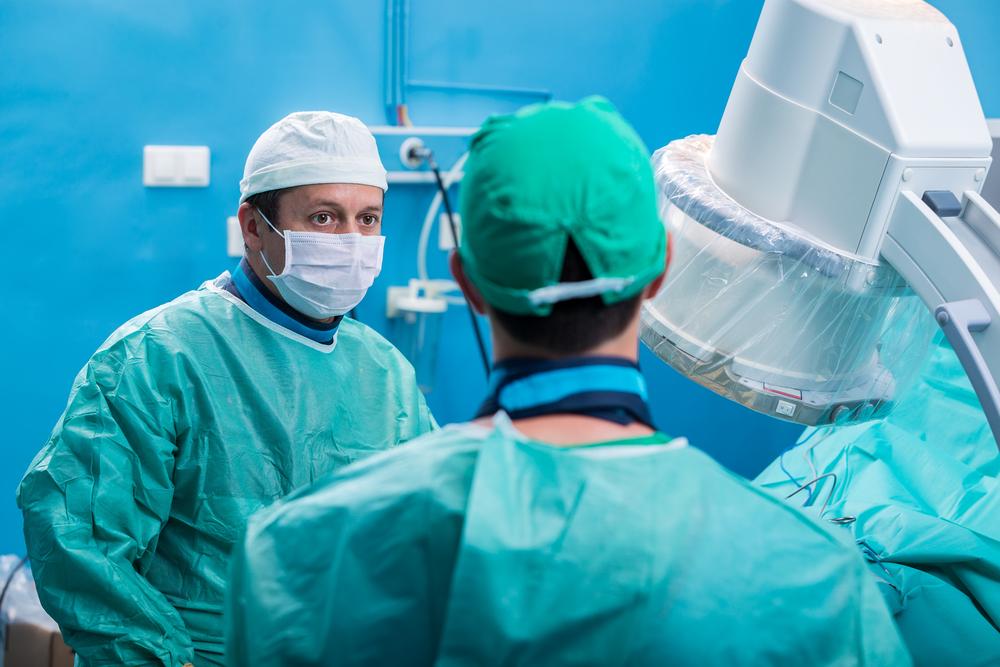Cardiac Ablation: A Breakthrough Treatment for Heart Rhythm Disorders
Cardiac ablation is a minimally invasive method to treat arrhythmias by targeting faulty heart tissue with heat or cold energy. It offers high success rates, especially for atrial fibrillation, reducing symptoms and improving heart health. The procedure involves catheter insertion, precise mapping, and scar creation to regulate heart rhythm. Patients usually experience minimal discomfort and quick recovery. Extensive research confirms its efficacy as a safe and effective alternative to medication for various cardiac conditions. Consult your doctor to explore if ablation is suitable for your heart health needs.
Cardiac Ablation: An Effective Solution for Arrhythmias
Understanding Cardiac Ablation and Its Role in Heart Health
Cardiac ablation is a minimally invasive medical technique designed to correct irregular heartbeats, known as arrhythmias. It involves creating scars or destroying faulty tissue within the heart that maintains or triggers abnormal rhythms. Sometimes, it prevents arrhythmia by blocking abnormal electrical signals from reaching the heart. This procedure has proven effective for various cardiac conditions.
Typically performed through catheter insertion via a blood vessel, often in the groin, the process uses heat or cold energy to target problematic areas. Open-heart surgery is rarely necessary.

Using catheters minimizes invasiveness and shortens recovery time. But what exactly is cardiac ablation? Simply put, it’s a procedure that corrects irregular electrical impulses in the heart, which can cause arrhythmias. The heartbeat relies on precise electrical pathways, and disruptions here can lead to dangerous rhythms.
Patients with high arrhythmia risk, including sudden cardiac arrest, specific arrhythmia types like supraventricular tachycardia and Wolff-Parkinson-White syndrome, or those experiencing medication side effects often opt for ablation after other treatments fail.
Research highlights ablation as a highly successful treatment, especially for atrial fibrillation (AFib). Studies reveal about 71% of patients treated with catheter ablation are free from AFib afterward, with fewer hospitalizations and better survival rates.
Two main ablation techniques are used:
Cryoablation: Utilizes cold temperatures
Radiofrequency Ablation: Uses heat energy to target problematic tissue
Procedure choice depends on the specific arrhythmia. Conducted under cardiologist supervision, often with sedation, the process involves:
Cleaning and numbing the skin
Making a small incision
Inserting a catheter into a blood vessel
Guiding the catheter to the heart with live imaging
Placing electrodes to identify trouble spots
Delivering energy to create small scars to prevent abnormal signals
During ablation, patients might feel a burning sensation, a rapid heartbeat, or lightheadedness. The process can last several hours, with continuous monitoring to ensure safety.
Note: Our blog offers wide-ranging health insights. While informative, it is not a substitute for professional medical advice. Readers should consult healthcare providers for personalized treatment options.









